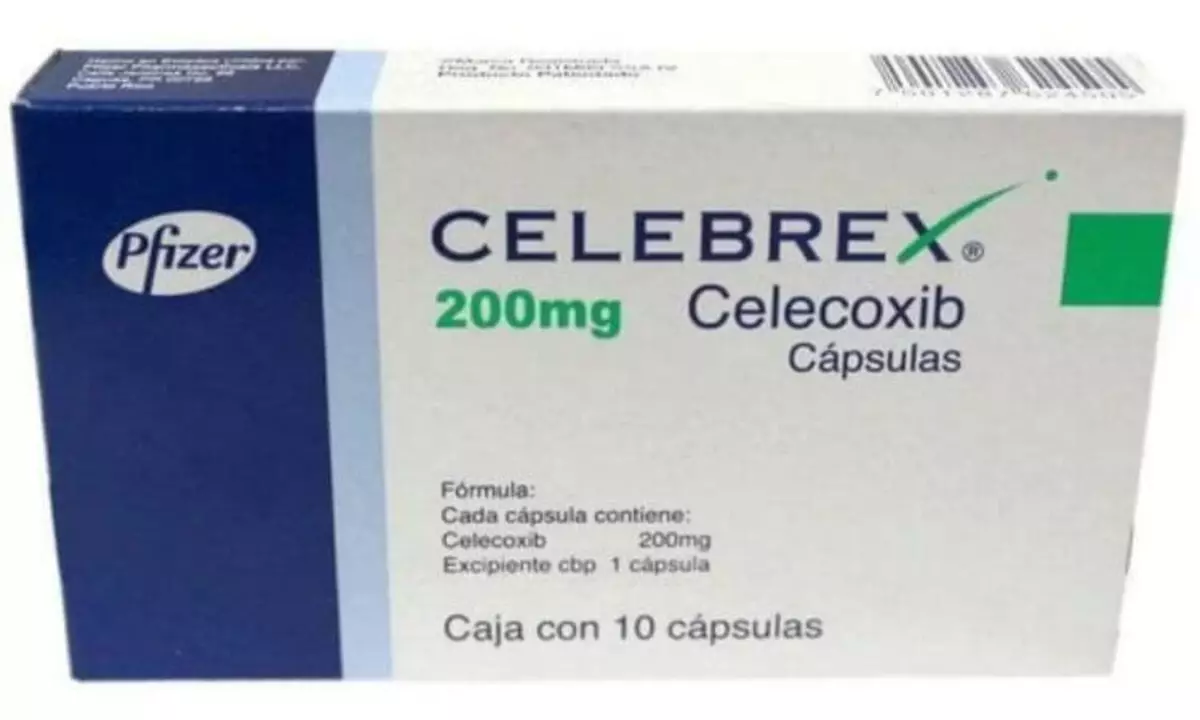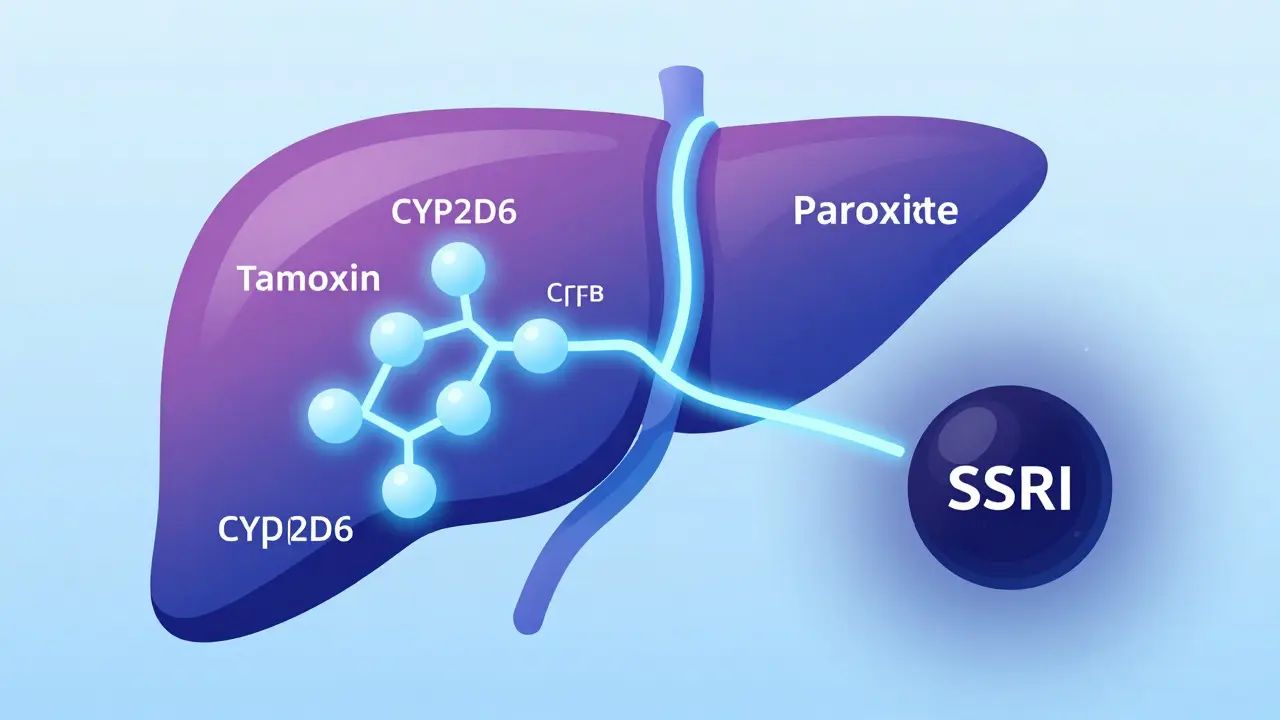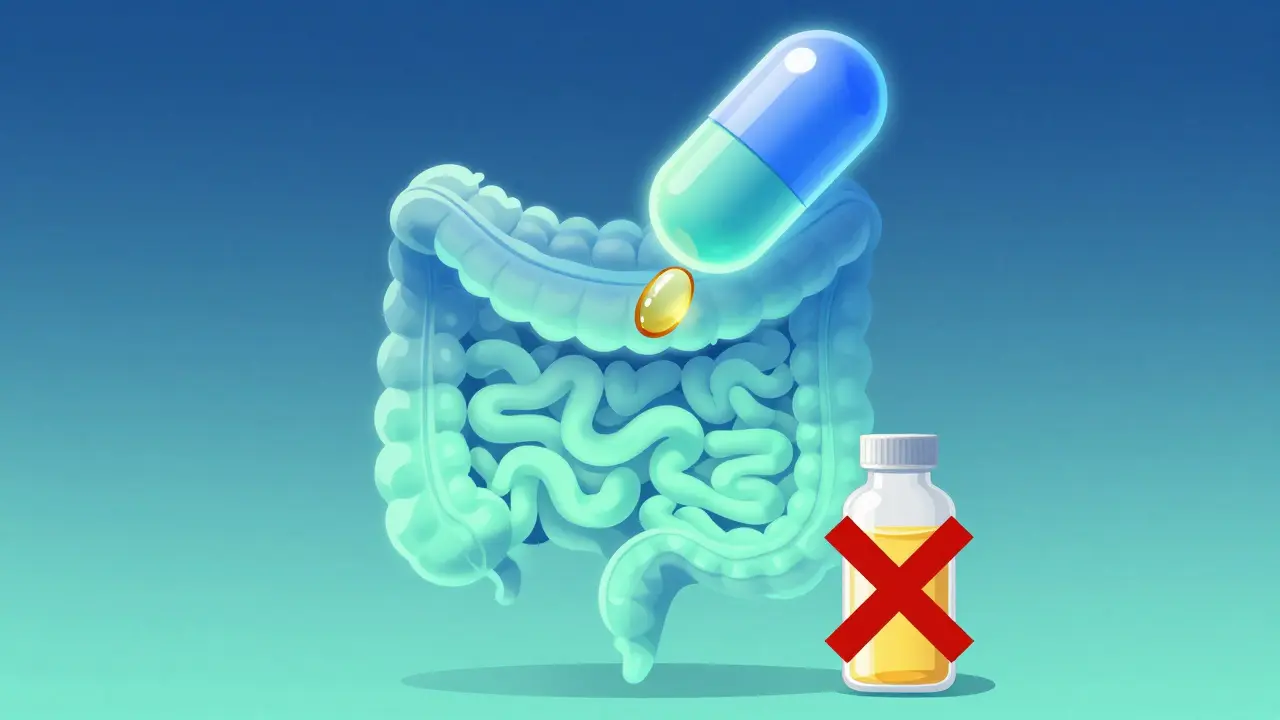Celecoxib: what it does and who it's for
Celecoxib (brand name Celebrex) is a prescription NSAID used for pain and inflammation. Doctors commonly prescribe it for osteoarthritis, rheumatoid arthritis, short-term acute pain, and painful menstrual cramps. It targets the enzyme linked to inflammation so you get pain relief with a lower risk of some stomach problems than older NSAIDs.
How celecoxib works
Celecoxib blocks COX-2, an enzyme your body makes during inflammation. By reducing that enzyme, celecoxib eases swelling and pain. That makes it useful for joint pain and some acute pain situations. It does not cure the underlying disease, but it helps manage symptoms while other treatments work.
Typical dosing varies by condition and by patient. For long-term arthritis care, prescribers often use the lowest effective dose—commonly 100 mg or 200 mg per day in divided doses. For short-term or stronger pain control, higher doses may be used briefly. Always follow your prescriber's instructions and the label. Never double up to make up for a missed pill without checking first.
Side effects, risks, and who should avoid it
Common side effects include stomach upset, diarrhea, headache, and dizziness. More serious risks are possible: heart attack, stroke, serious bleeding, kidney problems, and severe allergic reactions. People with heart disease, uncontrolled high blood pressure, past stomach ulcers, or kidney disease should be careful or avoid celecoxib. It's also a sulfonamide-derived drug, so tell your doctor if you have a sulfa allergy.
Celecoxib can interact with other medicines. Blood thinners (like warfarin), some blood pressure drugs (ACE inhibitors, diuretics), lithium, methotrexate, and some SSRIs can be affected. If you take aspirin regularly for heart protection, ask your doctor—combining drugs changes risks and benefits. Your prescriber or pharmacist should review all your meds before you start celecoxib.
Simple tips: take celecoxib with food if you get stomach upset. Avoid heavy alcohol use while on it. Watch for new swelling, shortness of breath, chest pain, sudden weakness, bloody or black stools, or yellowing of the skin—call your doctor right away if any of those happen.
Buying celecoxib online? You need a valid prescription. Use licensed pharmacies with clear contact info and a pharmacist available to answer questions. If a site sells prescription drugs without asking for a prescription, it’s a red flag. Compare prices, but don’t choose based on price alone—safety matters.
If celecoxib is on your prescription list, keep regular follow-ups. Your doctor may want to check blood pressure, kidney function, and overall response to the drug. If you have questions about dose adjustments, side effects, or interactions, ask your pharmacist or prescriber—they can give advice tailored to your health and other medicines.






